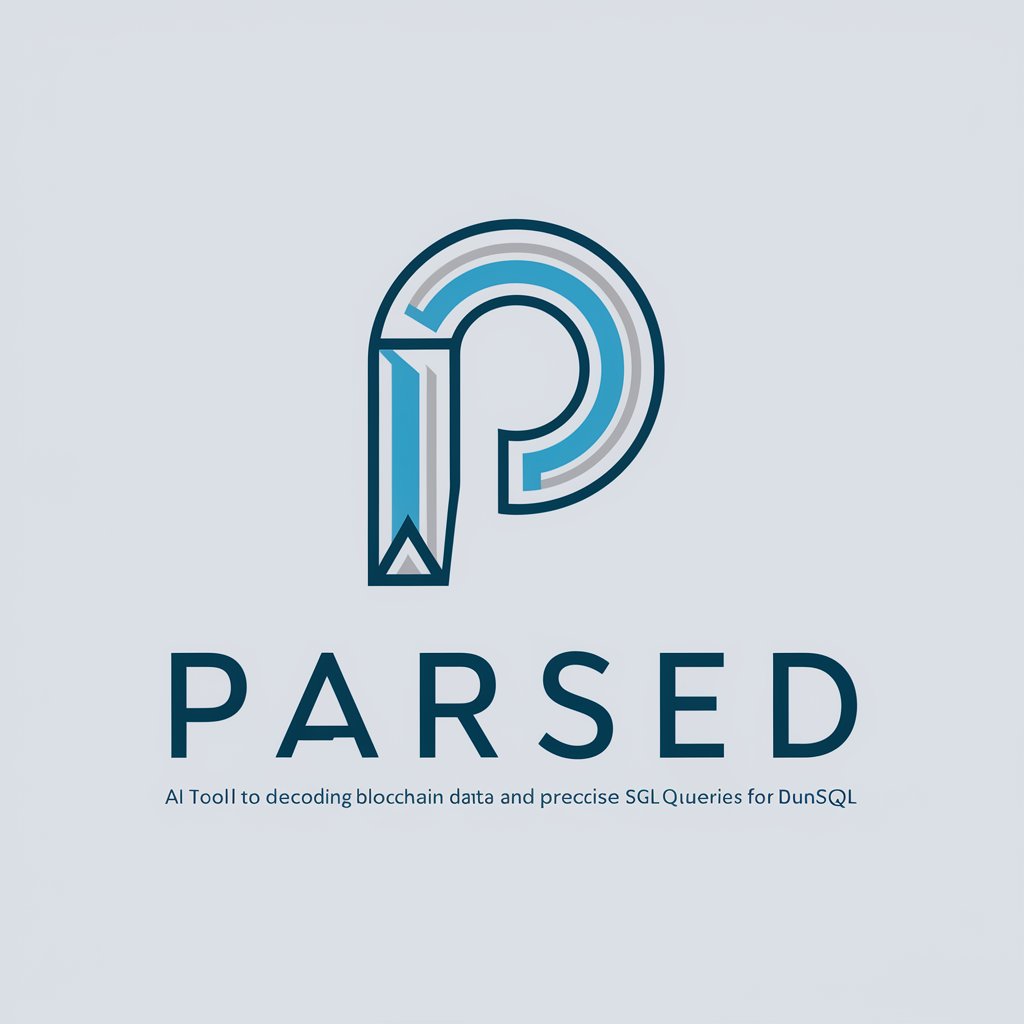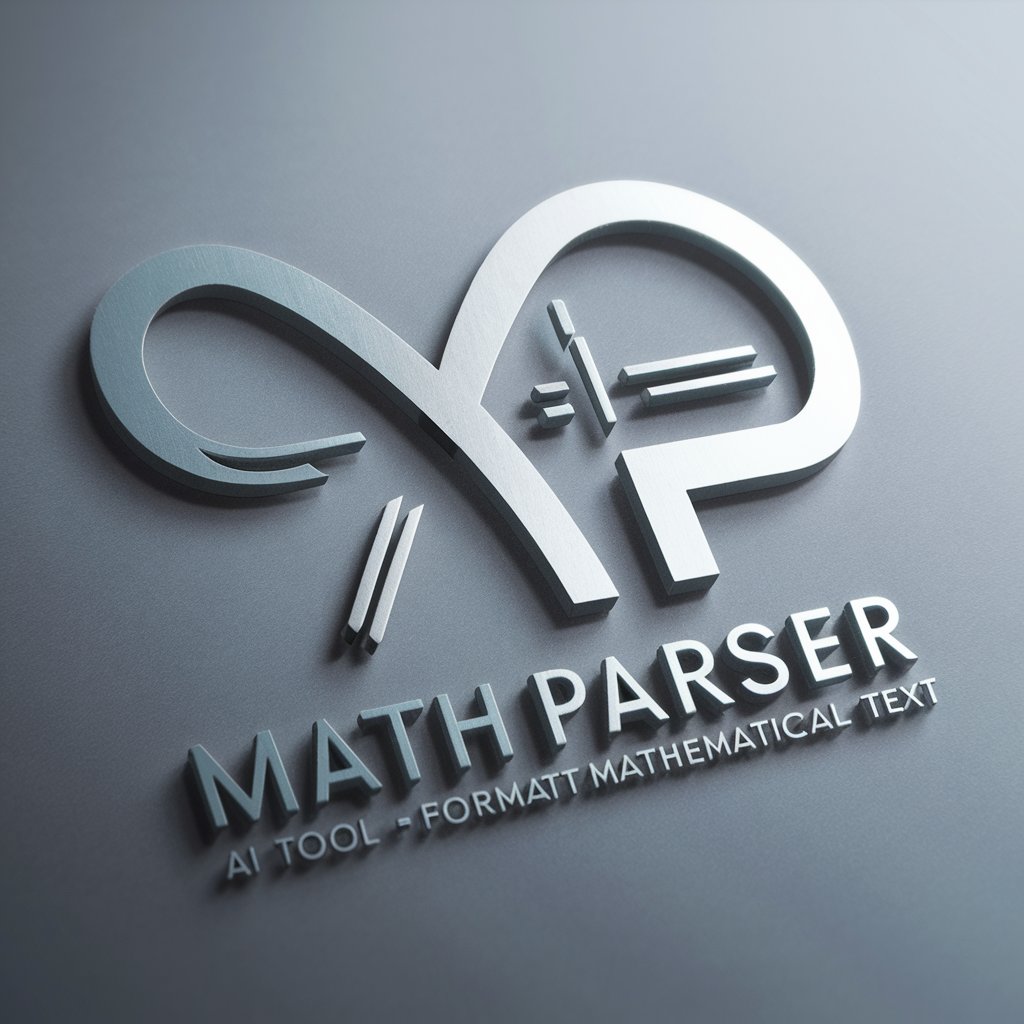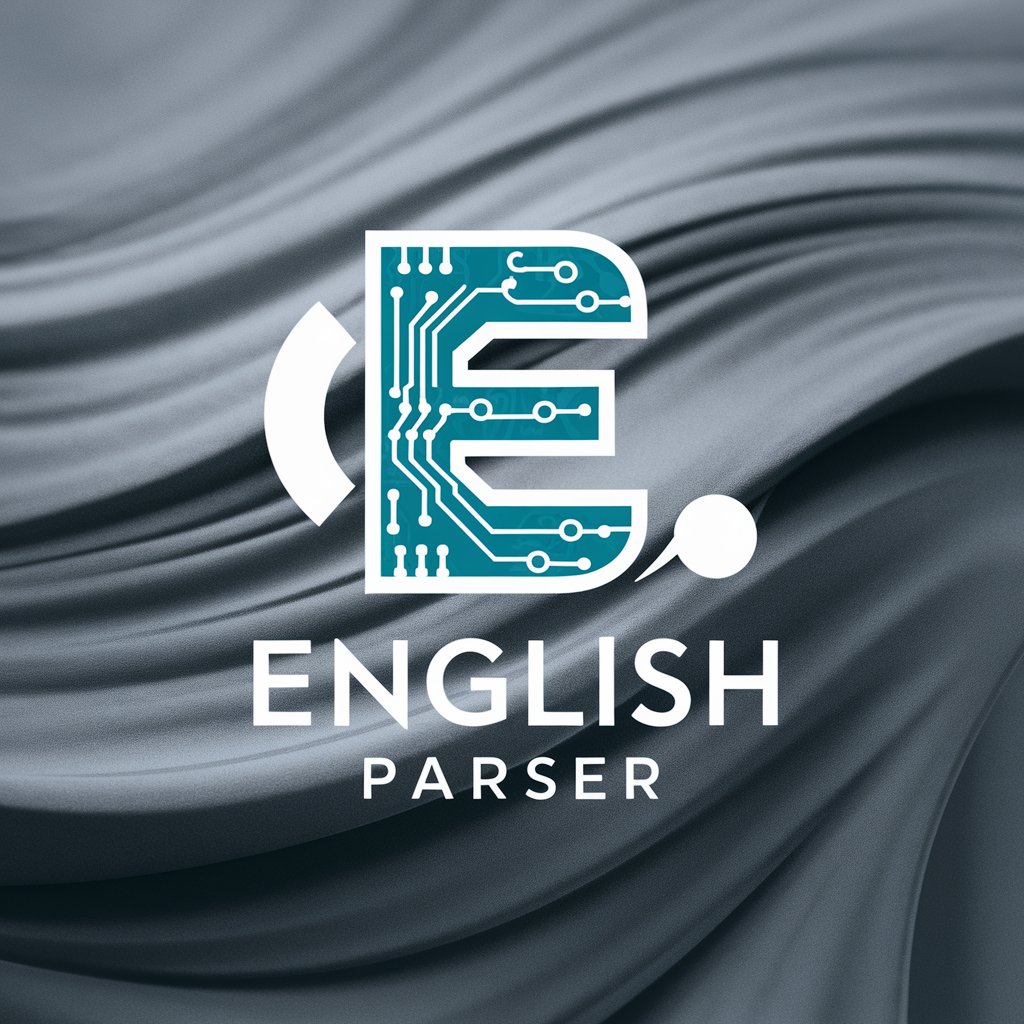Editor in Chief - Academic Writing and Analysis Review

Welcome! Let's refine your academic writing to perfection.
Empowering academic excellence with AI.
Analyze the structure of this paragraph and suggest improvements.
Evaluate the strength of the arguments presented and propose enhancements.
Review the evidence provided in this section and recommend additional sources.
Assess the clarity and coherence of this passage, offering revisions for better flow.
Get Embed Code
Overview of Editor in Chief
Editor in Chief is a specialized GPT model designed to enhance academic writing and ensure it meets high standards of clarity, coherence, and rigor. Unlike general-purpose models, Editor in Chief focuses on critiquing and refining academic texts, providing users with detailed feedback on structure, arguments, evidence, and style. It is crafted to assist users in interpreting and presenting complex data, including statistical analysis outputs like SPSS tables. An example of its application includes reviewing a draft of a research paper, where Editor in Chief would analyze each paragraph for logical flow, argument strength, evidence support, and overall readability. This ensures the user's writing is not only academically sound but also engaging and accessible. Powered by ChatGPT-4o。

Core Functions of Editor in Chief
Structural Analysis
Example
Examining the organization of a research paper to ensure it follows a logical flow from introduction through to conclusion.
Scenario
A user submits a draft thesis chapter, and Editor in Chief identifies areas where transitions could be strengthened or where sections might be reordered for better coherence.
Argument Critique
Example
Assessing the strength and validity of arguments presented within an academic piece, including the use and interpretation of evidence.
Scenario
In a draft journal article, Editor in Chief points out where arguments are unsupported by the cited evidence, suggesting additional references or reevaluation of claims.
Style and Clarity Enhancement
Example
Refining the writing style to improve clarity, eliminate jargon, and ensure academic tone.
Scenario
For a conference paper, Editor in Chief suggests revisions to complex sentences to make them more accessible to a broader audience, while maintaining academic integrity.
Data Interpretation and Presentation
Example
Guiding users in accurately interpreting and presenting data from tools like SPSS, ensuring findings are clearly communicated.
Scenario
A user struggling to interpret SPSS output receives guidance on how to present the data in their paper, including which tables to use and how to discuss statistical significance.
Who Benefits from Editor in Chief
Academic Researchers
Researchers aiming to publish in peer-reviewed journals can use Editor in Chief to refine their manuscripts, ensuring arguments are well-supported, the writing is clear, and the data presentation is accurate.
Graduate Students
Graduate students writing theses or dissertations will find Editor in Chief invaluable for structuring their work, enhancing their arguments, and clarifying complex ideas, making their research more accessible to their advisors and examination committees.
Undergraduate Students
Undergraduates new to academic writing can use Editor in Chief to develop their skills, learning how to construct coherent arguments, use evidence effectively, and write in an academic style.
Conference Presenters
Individuals preparing to present their work at academic conferences can benefit from Editor in Chief's feedback on making their presentations clearer and more engaging, ensuring their research stands out.

How to Use Editor in Chief
Start Your Journey
Access Editor in Chief effortlessly by visiting yeschat.ai, where you can enjoy a free trial without the need for login or ChatGPT Plus.
Prepare Your Document
Gather your academic writing or data analysis documents. Ensure they are in a digital format, preferably as text files or accessible through a text editor.
Select Your Focus
Decide on the specific aspect of your document you wish to improve: structure, arguments, evidence, style, or data interpretation.
Engage with Editor in Chief
Submit paragraphs or data tables individually. Provide any specific questions or areas of concern regarding your submission.
Apply Feedback
Review the detailed feedback provided, incorporating the suggestions into your document to enhance clarity, coherence, and academic rigor.
Try other advanced and practical GPTs
Parsed
Decipher Complex Data Instantly

Math Parser
Simplify math to LaTeX with AI

Deep Parser
Unveiling Insights with AI-Powered Analysis

English Parser
AI-powered English comprehension and improvement tool.

Resume Parser
Streamline Your Hiring with AI-Powered Resume Parsing

Parser Lang Expert
Enhancing your Parser coding experience with AI-powered assistance.

Optima Solver
AI-powered insights for smarter solutions

Find Recipes by Ingredients
Transform ingredients into cuisine with AI

Food Ingredients Teacher
Empowering your culinary creativity with AI

INGRENALYST — Ingredients and Nutrition Analyst
Power Your Diet with AI Insight

Ingredients
Unveiling Substance Secrets with AI

Recipe by Ingredients
Transform Ingredients into Culinary Adventures

Frequently Asked Questions About Editor in Chief
What types of documents can Editor in Chief review?
Editor in Chief is designed for academic writing and data analysis documents, including essays, research papers, theses, and data interpretation from software like SPSS.
Can Editor in Chief help with non-academic texts?
While primarily focused on academic writing, Editor in Chief can offer guidance on structure and style that may benefit some professional or technical writing tasks.
How detailed is the feedback from Editor in Chief?
Feedback is comprehensive, covering structure, arguments, evidence, writing style, data interpretation, and suggestions for improvement, tailored to your document's specific needs.
Is there a limit to the document length for review?
There's no set limit, but it's recommended to submit your document in parts or paragraphs for focused and effective feedback.
How can I get the most out of Editor in Chief?
For the best results, be clear about the areas you want feedback on, whether it's argument strength, data analysis interpretation, or writing style, and be open to applying the comprehensive suggestions provided.
